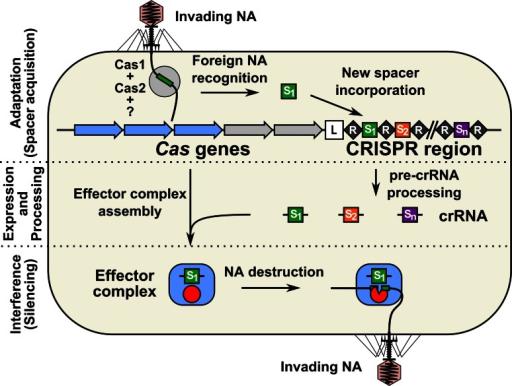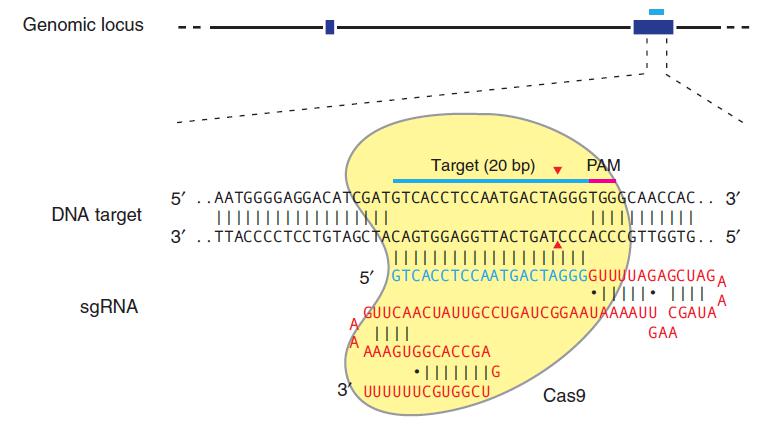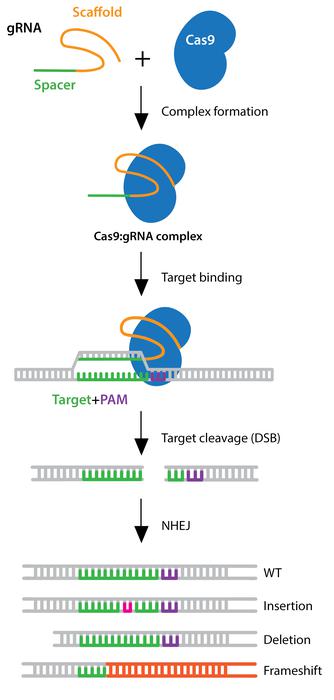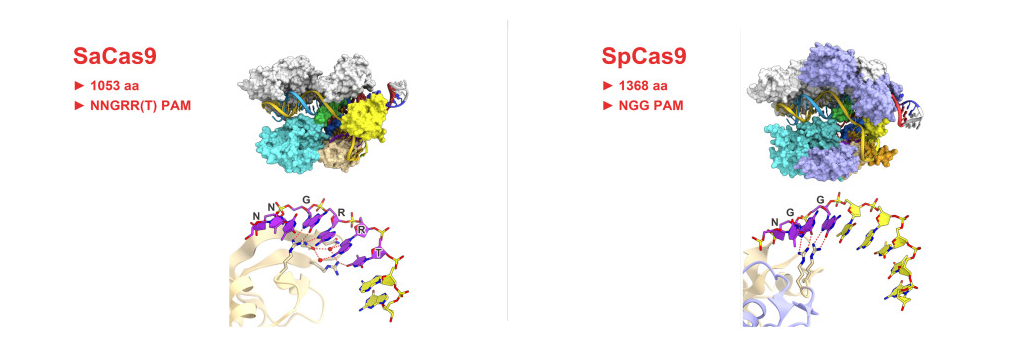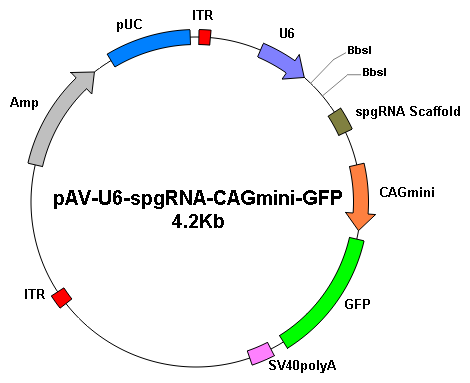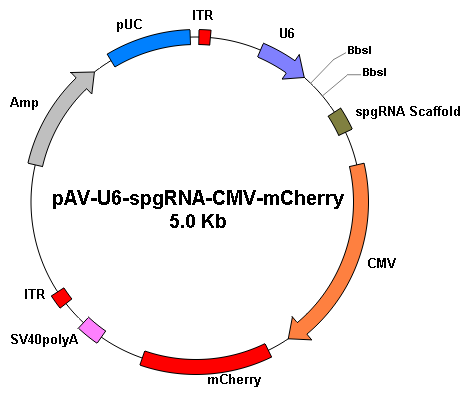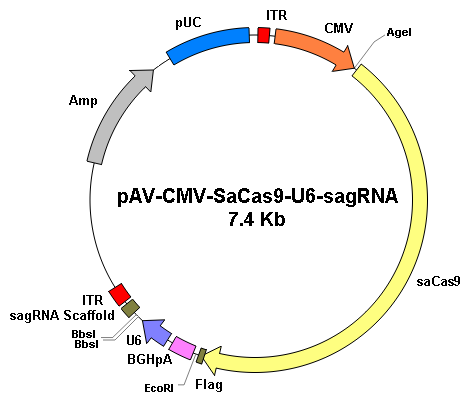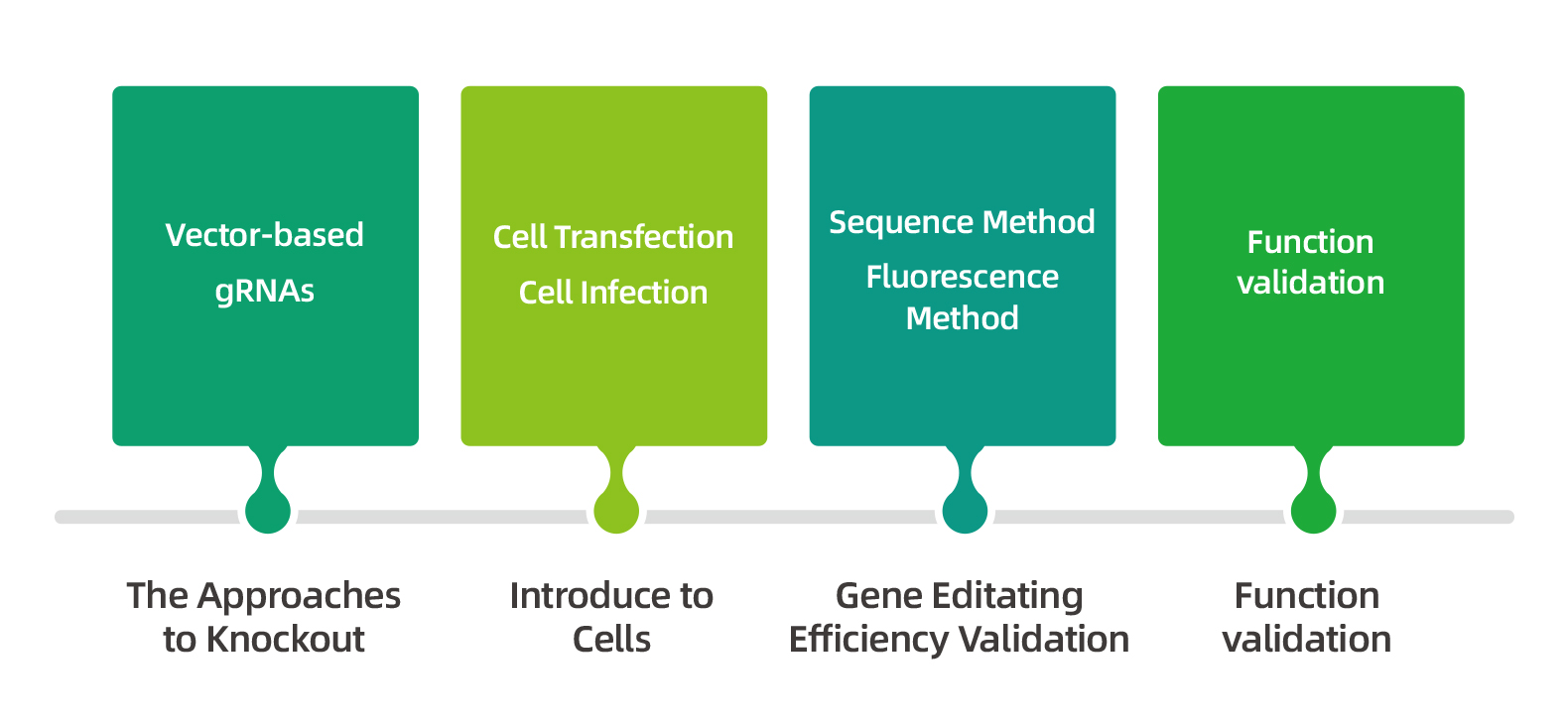CRISPR/Cas (Clustered regularly interspaced short palindromic repeats and CRISPR associated) is an acquired immune defense mechanism that evolved from the long-term selection pressure exerted by phages.
CRISPR clusters are a special family of DNA repeat sequences widely spread in bacteria and archaea genomes. Thery are composed of leader sequence (L), repeats (R) and spacers (S). The leader sequence, located upstream of the CRISPR, typically includes a transcription promoter that initiates CRISPR transcription, followed by the repeats that can form hairpin structures, while the spacers originate from captured foreign DNA fragments are integrated into the rapeats.
There is a polymorphic family gene in the vicinity of the CRISPR. The proteins encoded by this family gene have nuclease, helicase, integrase, and polymerase activities, which work together with the CRISPR and interact with nucleic acids. They are named Cas (CRISPR associated) gene.
When a exogenous nucleic acid invades, the CRISPR is transcribed into a long precursor CRISPR RNA (pre-crRNA) driven by the promoter within the leader region, which is further processed into mature crRNA containing a conserved repeat sequence and a variable spacer sequence. These mature crRNA assemble with Cas proteins to form an effector complex which recognizes and binds to the target nucleic acid that complements with the spaces within crRNA to trigger cleavage of foreign nucleic acid.
CRISPR/Cas9 Mechanism
According to the analysis of cas gene sets, CRISPR/Cas systems have recently been divided into three major types, namely type I, type II and type III. Among them, Types I and III require multiple Cas proteins for gene silencing, however, type II, studied in depth, only Cas9 protein is needed.
In type II system, to recognize and cleave the specific foreign nucleic acid, the CRISPR are firstly transcribed into crRNA and trans-activating crRNA (tracrRNA) that is partially complementary to the crRNA. Cas9 is complexed with this two non-coding RNAs. The crRNA-tracrRNA-Cas9 protein complex interacts with the PAM(Protospacer Adjacent Motif) and the complementary DNA of the protospacer to form RNA-protein-DNA complex, thereby intruducing a DNA double-strand break (DSB) in the target DNA.
Based on the type II CRISPR system, the crRNA and tracrRNA are combined into a synthetic single guide RNA (sgRNA) that can guide Cas9 to cleave the target DNA, finally forming a simplified two-component system in which the sgRNA and the Cas9 are used to generate site-specific DNA breaks.。
Schematic of the RNA-guided Cas9 nuclease(Zhang Feng,2013)
CRISPR/Cas9 Components
The CRISPR/Cas system requires two key components: the Cas9 nuclease and a synthetic sgRNA. The sgRNA can indentify the target DNA, and direct Cas9 to cutting of target DNA. It consists of two parts: the crRNA, that is complementary to the target DNA, and the tracrRNA, which serves as a binding scaffold for the Cas9 nuclease. The Cas9 protein is an endonuclease responsible for cleaving of double stranded DNA 3 bp upstream of the PAM.
spCas9 & saCas9
Currently, the two most widely used Cas9 variants are spCas9(derived from Streptococcus pyogenes) and saCas9(derived from Staphylococcus aureus). They require the different PAM downstream of their target DNA.
The saCas9 (~3.2kb) protein is significantly smaller than spCas9 (~4.1kb). Therefore, saCas9 shows distinct advantage in cloning and AAV packaging over spCas9. Since adenovirus and lentivirus has larger package capacity than AAV, both can be packaged into adenovirus and lentivirus. The another main difference between spCas9 & saCas9 lies in their PAM sequence: the PAM sequence for spCas9 is 5′-NGG-3′; PAM sequence recognized by SaCas9 is 5′-NNGRRT-3′, occur less frequently than those recognized by SpCas9, limiting targetable sites.
1. Comprehensive CRISPR-based Genome Editing Services
WZ Biosciences provides a variety of flexible services for our customer, including gRNA design, gRNA construction, efficient gRNA selection, viral packaging and cell lines generation to meet the diverse needs of reseachers.
2. Diversified CRISPR-based Genome Editing Services
WZ Biosciences offer multiple services to help you accelerate your research. Take gRNA vector construction as an example, including single gRNA, Multi-in-1 gRNA and gRNA pool & gRNA mix.
|
|
4 gRNA mix construct——Guarantee Gene Editating Efficiency & Multiple Choices
The 2 gRNAs are cloned into a All-in-one (gRNA plus Cas9) lentiviral vector. The mix of this two recombinant vectors can not only be transfected into cells, but also packaged into lentivirus for Lentiviral delivery. However, we strongly recommend that you directly choose 4 gRNA mix lentivirus, given the large size of the recombinant vector which is hard for a high-efficiency transfection.
|
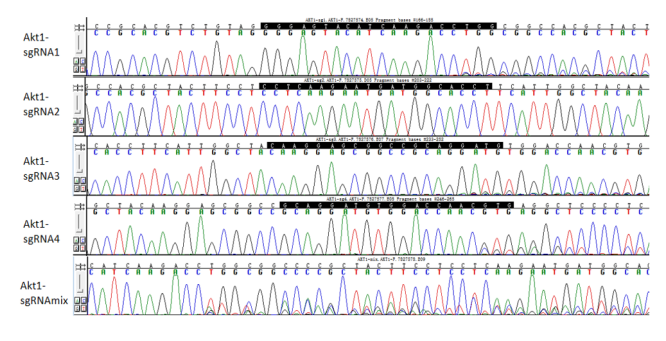
|
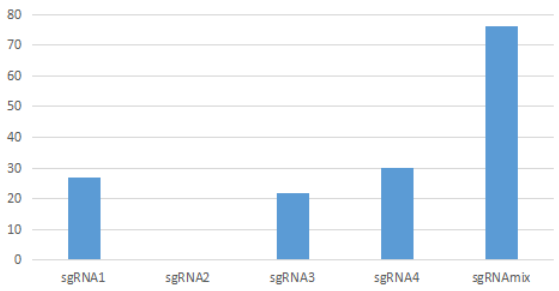
|
|
Comparison of gene editating efficiency in HEK293 cells(seperate gRNAs vs 4 gRNA mix against AKT1) (L: sequencing results; R: editating efficiency)
|
|
|
|
gRNA pool construct——greatly improving editing efficiency
WZ Biosciences's proprietary technology can pool multiple gRNAs targeting the same gene and consruct gRNA pool clone, thereby greatly improving editing efficiency of the target gene.
|
3. Complete Vectors
Multiple destination CRISPR vectors are available for gene editing: single vectors, also known as All-in-one (gRNA plus Cas9) vectors, where Cas9 and gRNA are simultaneously expressed from the same vector; dual vectors, where Cas9 and gRNA are expressed independently on separate vectors; viral vectors, including adenovirus, lentivirus, and AAV. These vectors contain different reporter gene(GFP or RFP), different antibiotic resistance gene(puro or blat),and Cre, etc.
The commonly used AAV CRISPR vectors are shown below:




